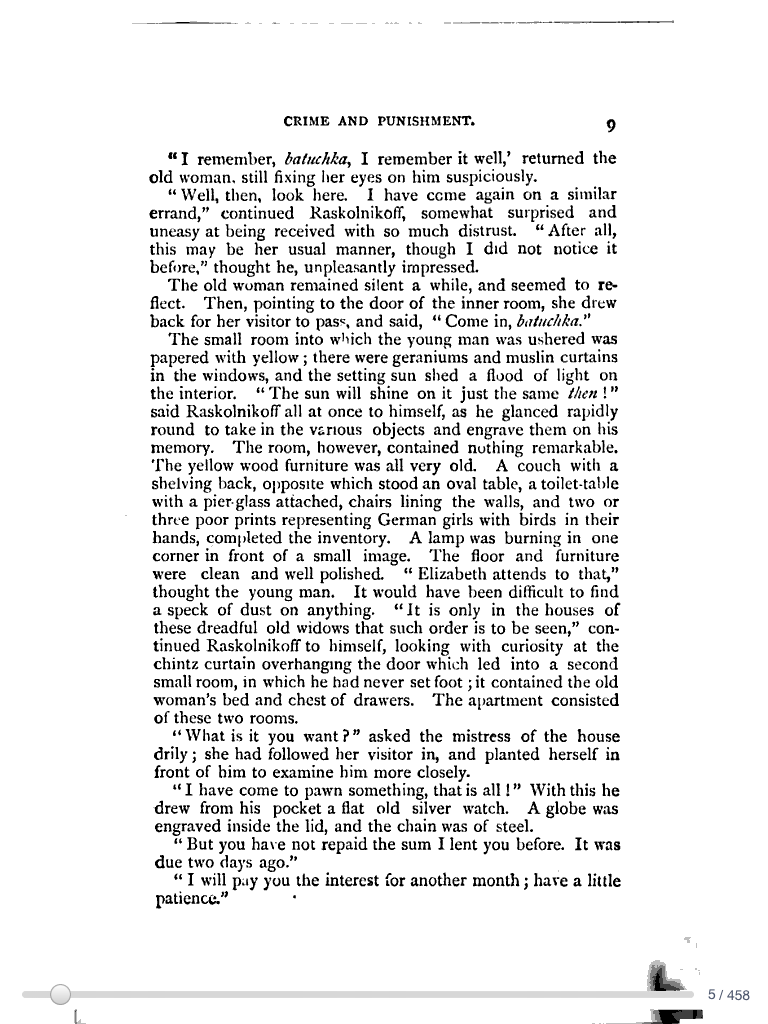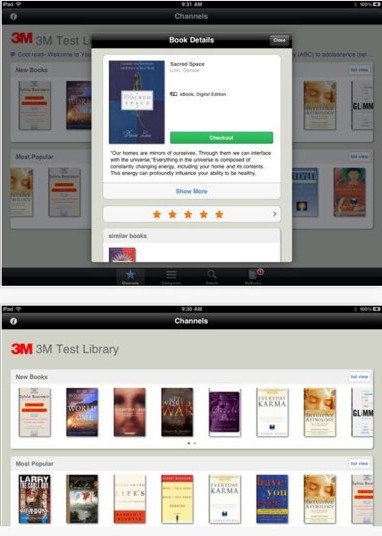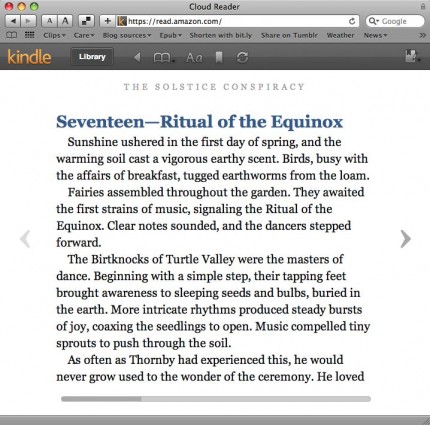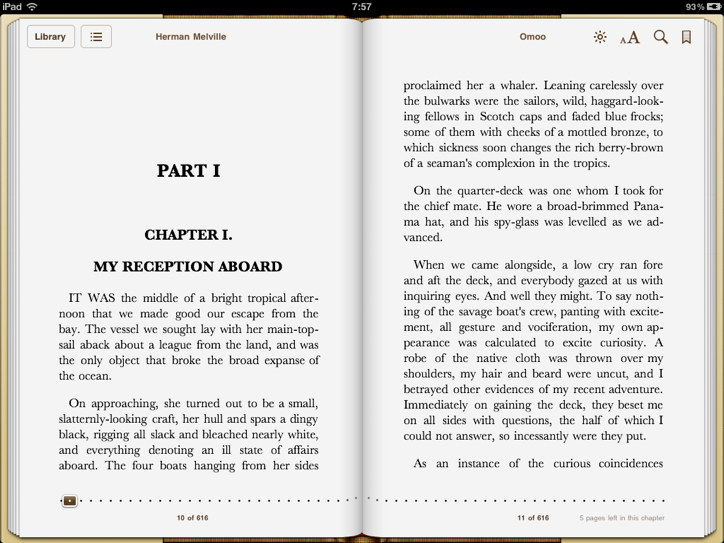Cloud computing has captured the imaginations of computer users with a simple proposition: all of your stuff will always available in the cloud. Independent software vendors have been rolling out solution after solution to take advantage of this twist that adds a new wrinkle to the concept of digital content ownership. Photographs, music, email, banking records, magazines, movies, and—more recently—ebooks are floating around up there in that nebulous cosmic ether fashioned from free-flowing electrons skipping from server-to-server like children at a birthday party. No longer do you have to worry about losing your digital possessions as long as they are securely stored in the cloud where the mammoth server infrastructures of Google, Amazon, Apple, and others will back it up and protect it.
It’s not just kids storing their prom-party or ski-trip photos in the cloud or boomers consolidating their Steppenwolf and Grateful Dead albums on distant servers. The San Diego Supercomputer Center, with its initial capacity of 5.5 petabytes, serves as a repository for the academic community, storing data resulting from research studies for easier sharing among scientists. With a single sequencing of DNA requiring up to 28 terabytes of data, this academic cloud server plays a significant role in information storage and exchange for researchers.
When it comes to ebooks, we’ve become accustomed to downloading them to a device, often a dedicated ereader in the form of a Nook or a Kindle, and then reading them at our leisure. If we’re reading on more than one device at a time, we can typically sync to the last page read (Amazon’s Whispersync does a pretty good job most of the time and syncing across Nook ereaders is possible, though often problematic). Not to argue the appeal of dedicated ereaders, but if you’re interested in ebooks and you have just about any kind of computing device—from a smartphone to a tablet to a garden variety PC—you can easily browse, buy, and burrow into your favorite books, your library in the cloud, with a variety of easily accessible (and free) ereader apps. Because your library dwells in the cloud, it remains accessible wherever an Internet connection is available. Or, at least it is in theory. The company hosting your library has to stay in business. It’s not ownership of books so much as a long-term rental agreement.
This model, with variations from cloud service to cloud service, appears to be gaining momentum and the implications to our relationships and interactions with books, movies, music, and information are both subtle and profound. In terms of ebooks in the cloud, here are some of the developments that may shape and influence the reading experience.
Although the term “cloud” confuses many people, suggesting some mystical, ethereal construct, it’s nothing more than data centers out on the Internet, groups of servers that by design provide an extension to the resources internal to your computer—dispensing and storing files with silent efficiency. Cloud services are made possible by the fact that Internet bandwidth has reached the point, for most people, where it’s now practical to deliver hundreds of megabytes of content in a reasonable time.
3M Cloud Library
Given the trouble that many public libraries are having just keeping their doors open, many of them are angling to work ebooks into their offerings. The 3M Cloud Library makes a bid to simplify the use of ebooks within libraries, giving patrons the option to (as they put it) check out a book on an iPad, take notes while reading on a PC, and finish the book on an Android phone. In manner similar to the WhisperSync process used for Kindle books, the 3M Cloud Library keeps track of your place regardless of the device you happen to be using to read a book. Your local library, of course, has to have a subscription to the service and you need library credentials to use it. But, perhaps this approach will give libraries a means to keep their patrons during the shift from print to electronic publishing.
The 3M Cloud Library ereader app is available for the iPad/iPhone (see the following figure), Windows PC, and Android OS.
Kindle Cloud Reader
The Kindle Cloud Reader operates with several Web browsers (including Firefox 6+, Chrome 11+, Safari 5+, and Safari on the iPad) to give you full access to any of the ebooks you have purchased through Amazon. Designed using HTML-5 to behave as a Web app, the Kindle Cloud Reader lets you tap into your ebooks directly from the Amazon site—keeping your place in the process—even if you are skipping between smartphone, Kindle Fire, iPad, or other device. Amazon’s tagline is Buy Once, Read Anywhere and this ereader helps fulfill that promise.
Amazon is making an effective bid to knock down all barriers to purchasing and reading ebooks. The Kindle Cloud Reader offers an even lower entry point to the experience of ebook reading than the lowest cost Kindle ($79).
Apple iCloud ebooks
With the introduction of Apple’s iCloud, the cloud model gains full supremacy (in comparison with Apple’s earlier approach, where you purchased tunes or books and then had the responsibility of backing up this content yourself or risk losing it). With the iCloud approach, music purchases, ebooks, apps, documents, calendars, mail, and so on all reside on Apple servers (in the cloud). You can share any of this digital content among other devices you own; the cloud becomes the supreme repository for all your digital stuff. You can access your stuff on a range of devices anywhere you have Internet access.
With ebooks that you purchase through the iBookstore, each book purchased gets distributed to all your devices that are set up for iCloud. Notes, bookmarks, and highlights are synced and distributed, as well (and kept up-to-date). All books that you have purchased in the past are accessible and downloadable from your purchase history.
Google Books and the cloud
Like a lumbering giant trying to find its way through a thicket of blackberry bushes, Google has been seeking its natural position in the ebook world for several years, amidst copyright lawsuits, tentative offerings, and misaimed efforts. By forging alliances with smaller publishers and book outlets (Powell Books, ), tying its gigantic search engine into the ebook realm, and expanding the availability and broad access to public domain titles, Google seems to have gained their footing.

An interesting feature of the Google Books reader is that many of the public domain books allow you to switch between Flowing Text and Scanned Pages. The Scanned Pages option captures all the characteristics of the original book (including wrinkles, tears, and notes from readers).
Moving to the cloud
Most people aren’t likely to give up their Kindles or Nooks in favor of a cloud-only approach to reading, but reading ebooks in the cloud offers a pleasing complement to available possibilities and one that is likely to increase the popularity of ebooks.








